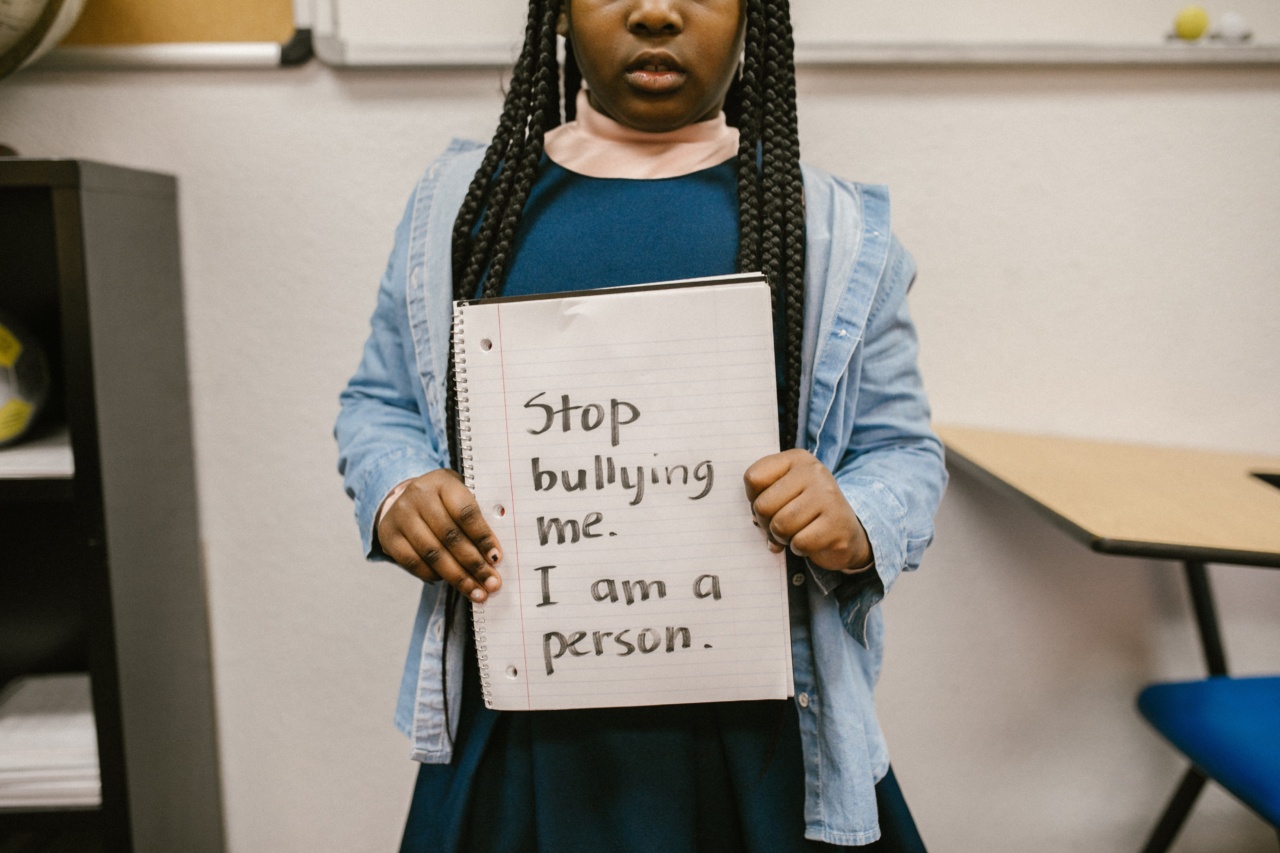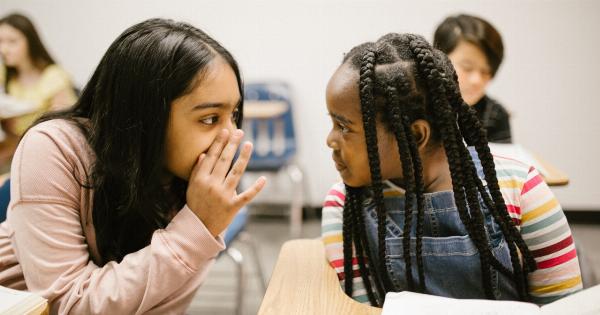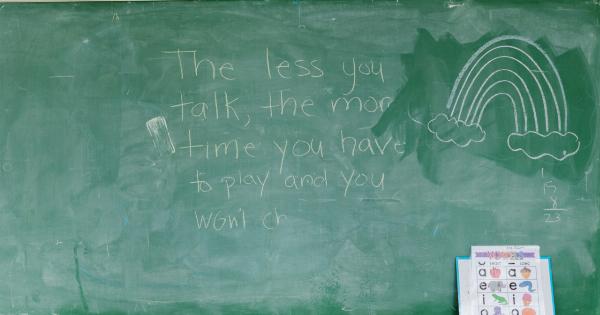Bullying is a problem that can affect children and teenagers of all ages. It can occur in various forms, including physical violence, verbal abuse, social exclusion, and cyberbullying.
Although anyone can be a victim of bullying, children with disabilities are more likely to experience it. Research suggests that they are at a higher risk of being bullied and face more severe consequences, making it a significant issue that deserves our attention.
What is Bullying?
Bullying can take many forms. It can occur in person, online, or through social media. Bullying often involves repeated actions, and the intention is to harm the victim. Some forms of bullying include:.
- Physical bullying – hitting, punching, shoving, or other forms of physical violence
- Verbal bullying – name-calling, teasing, spreading rumors, or making threats
- Social bullying – excluding others from groups or activities, manipulating friendships, or spreading rumors
- Cyberbullying – using social media, text messages, or email to threaten or harass someone
Bullying can have serious consequences for the victim, including depression, anxiety, low self-esteem, and academic difficulties.
When children who have a disability are bullied, it can have even greater impacts on their emotional well-being, physical health, and academic performance.
Bullying of Children with Disabilities
Children with disabilities are more likely to experience bullying than their peers without disabilities. Studies indicate that they are two to three times more likely to be bullied than their non-disabled peers.
The reason for this increased risk is likely due to factors such as social exclusion, communication difficulties, and a lack of understanding from their peers.
Children with disabilities often face social isolation. They may have trouble making friends or participating in activities with their peers. They may also be excluded from social or extracurricular activities due to their disability.
This exclusion can make them vulnerable to bullying, as they may not have a supportive network of friends or adults around them.
Communication difficulties can also contribute to the likelihood of bullying. Children with disabilities such as autism, hearing, or speech impairments may have trouble communicating with their peers.
This can lead to misunderstandings, teasing, or exclusion.
Finally, a lack of understanding from peers can lead to bullying of children with disabilities. Children without disabilities may not understand the challenges that come with having a disability.
They may be afraid to interact with someone who is different or may make fun of their disability without realizing the harm they are causing.
The Effects of Bullying on Children with Disabilities
Bullying can have a severe impact on the mental and physical well-being of children with disabilities. It can lead to anxiety, depression, and low self-esteem. It can also cause physical harm, including injuries or worsening symptoms of their disability.
Children with disabilities who are bullied may also experience academic difficulties, as they may struggle to concentrate or feel safe at school.
Additionally, bullying can exacerbate the challenges that children with disabilities face. It can make it even harder for them to make friends or participate in activities they enjoy. It can also lead to social isolation and further exclusion.
What can be done to prevent bullying of children with disabilities?
Preventing bullying of children with disabilities requires a multi-faceted approach that involves teachers, parents, and the community. Here are some steps that can be taken:.
- Teach empathy and understanding – Educate children about disabilities and the challenges that individuals with disabilities face. Encourage them to see the person, not the disability.
- Encourage inclusion – Provide opportunities for children with and without disabilities to interact and participate in activities together.
- Provide support – Children with disabilities may need additional support in the classroom or during activities. Ensure that appropriate accommodations and modifications are made.
- Implement policies and procedures – Schools should have a comprehensive plan for preventing and addressing bullying, including a clear reporting process and consequences for those who engage in bullying.
- Work with parents – Schools and parents should work together to ensure that children with disabilities are supported and protected from bullying.
Conclusion
Bullying is a significant issue that affects all children, but children with disabilities are at an increased risk.
The impact of bullying on these children can be severe, impacting their mental and physical health, as well as their academic performance. It is essential that we take steps to prevent bullying of children with disabilities, including education, inclusion, and support. By working together as a community, we can create an environment that is safe and inclusive for all children.





























